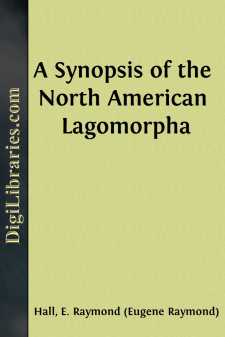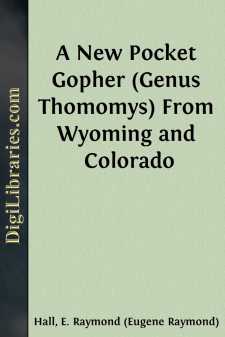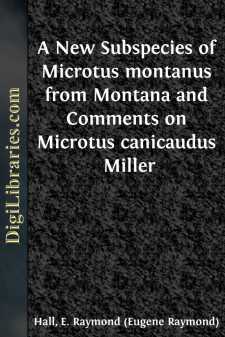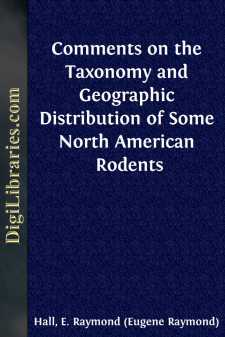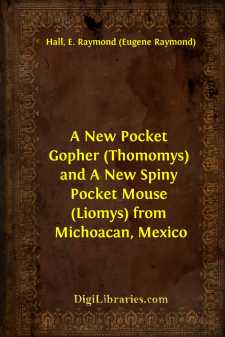Categories
- Antiques & Collectibles 13
- Architecture 36
- Art 48
- Bibles 22
- Biography & Autobiography 813
- Body, Mind & Spirit 142
- Business & Economics 28
- Children's Books 17
- Children's Fiction 14
- Computers 4
- Cooking 94
- Crafts & Hobbies 4
- Drama 346
- Education 46
- Family & Relationships 57
- Fiction 11829
- Games 19
- Gardening 17
- Health & Fitness 34
- History 1377
- House & Home 1
- Humor 147
- Juvenile Fiction 1873
- Juvenile Nonfiction 202
- Language Arts & Disciplines 88
- Law 16
- Literary Collections 686
- Literary Criticism 179
- Mathematics 13
- Medical 41
- Music 40
- Nature 179
- Non-Classifiable 1768
- Performing Arts 7
- Periodicals 1453
- Philosophy 64
- Photography 2
- Poetry 896
- Political Science 203
- Psychology 42
- Reference 154
- Religion 513
- Science 126
- Self-Help 84
- Social Science 81
- Sports & Recreation 34
- Study Aids 3
- Technology & Engineering 59
- Transportation 23
- Travel 463
- True Crime 29
Comments on the Taxonomy and Geographic Distribution of Some North American Marsupials, Insectivores and Carnivores
Description:
Excerpt
In preparing maps showing the geographic distribution of North American mammals we have found in the literature conflicting statements and questionable identifications, which have led us to examine the specimens concerned with results as set forth below. Our studies have been aided by a contract (NR 161-791) between the Office of Naval Research, Department of the Navy, and the University of Kansas. Grateful acknowledgment is made to the persons in charge of the several collections of mammals consulted for permission to examine and study the specimens therein.
Didelphis marsupialis californica Bennett
From Cuernavaca, Morelos, Hooper (Jour. Mamm., 28:43, February 1, 1947) lists a specimen, as he says, on purely geographic grounds, as of the subspecies Didelphis mesamericana tabascensis. We have examined this specimen, an unsexed skull-only, which falls within the range of individual variation of Didelphis marsupialis californica and refer the specimen to that subspecies.
Didelphis marsupialis etensis J. A. Allen
From El Muñeco, Costa Rica, Harris (Occas. Papers, Mus. Zool. Univ. Michigan, no. 476:7, October 8, 1943) lists as Didelphis richmondi a specimen (ââ¢â, No. 67550 U.M.). Our examination of the specimen shows it to be within the range of individual variation of populations that have been referred to D. m. etensis from adjoining areas. We identify the specimen as Didelphis marsupialis etensis.
Didelphis marsupialis tabascensis J. A. Allen
From Minatitlán, Veracruz, J. A. Allen (Bull. Amer. Mus. Nat. Hist., 14:168, June 15) listed a specimen under the name Didelphis marsupialis [in the trinomial sense] instead of under the name Didelphis marsupialis tabascensis, which would be expected, on geographic grounds, to apply. The specimen is No. 78123, U.S. Nat. Mus., Biol. Surv. Coll. Our examination of the specimen reveals that it is within the range of individual variation of Didelphis marsupialis tabascensis and we identify the specimen as of that subspecies. From Yaruca, Honduras, Bangs (Bull. Mus. Comp. Zool., 39:157, July, 1903) doubtfully listed as Didelphis yucatanensis a specimen, No. 10611, M.C.Z. Our examination of the specimen indicates that it is within the range of variation expectable in Didelphis marsupialis tabascensis, known from surrounding areas, and we identify the specimen as Didelphis marsupialis tabascensis.
Didelphis marsupialis virginiana Kerr
J. A. Allen (Bull. Amer. Mus. Nat. Hist., 14:166, May 28, 1901) and A. H. Howell (N. Amer. Fauna, 45:20, October 28, 1921) have identified four skulls from Sylacuga, Alabama, as Didelphis virginiana pigra. The two subspecies virginiana and pigra are not known to differ cranially. We have, however, examined the skulls which are Nos. 44057-44060 in the U.S. Nat. Mus., Biol. Surv. Coll. Because they are from a place north of other localities (Auburn and Greensboro, Alabama) from which the subspecies virginiana has been recorded, and within the geographic range of virginiana, we identify the specimens as Didelphis marsupialis virginiana.
Sycamore Creek (synonymous with Fort Worth), Texas, is a place from which J. A. Allen (op. cit.:173) recorded a specimen as Didelphis marsupialis texensis. This specimen (No. 24359/31765 U. S. Nat. Mus., Biol. Surv. Coll.) is in the black color-phase. There are only a few white hairs on the hind feet, and the basal fourth of the tail is black. The black phase occurs all through the range of the species D. marsupialis and our examination of the specimen reveals no characters by which it can be distinguished from D....



